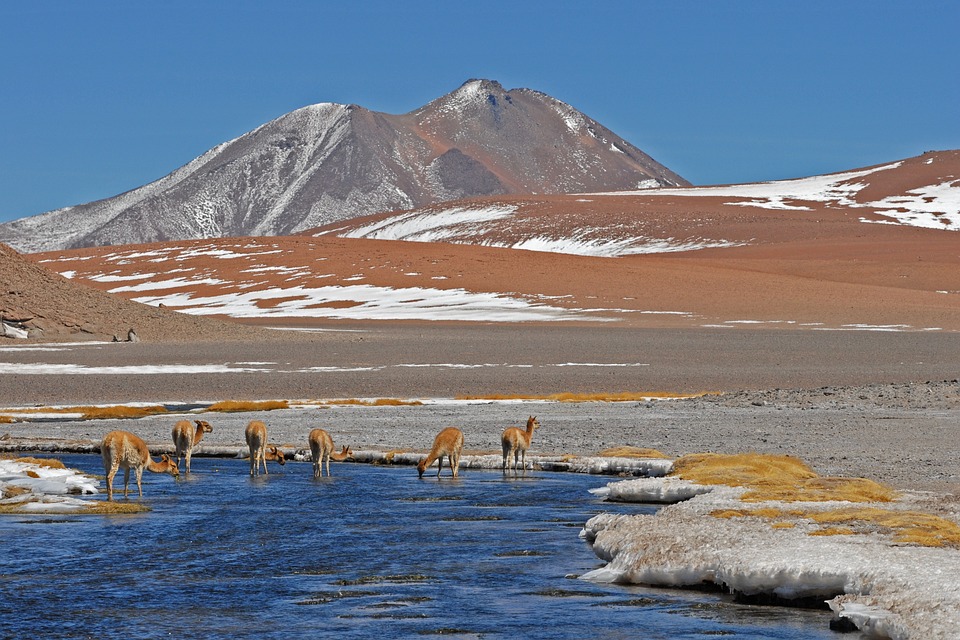T. Rex’s Tiny Arms: Were They Really That Weak?
The Tyrannosaurus Rex, one of the most iconic and formidable predators to have ever walked the Earth, has long been a subject of fascination for scientists and the general public alike. But despite its fearsome reputation, there’s one aspect of the T. Rex that has often been criticized: its arms. Yes, you read that right – arms. Specifically, its tiny arms.
For decades, scientists have debated the purpose and functionality of the T. Rex’s diminutive arms. Were they really as weak and useless as they seem? Or did they serve a vital purpose in the dinosaur’s daily life? In this article, we’ll delve into the world of T. Rex research and explore the latest findings on its enigmatic arms.
The Case Against Weak Arms
At first glance, it’s easy to assume that the T. Rex’s arms were indeed weak and non-functional. After all, they’re a fraction of the size of its powerful legs and are often depicted as flailing, useless appendages. However, this simplistic view doesn’t quite add up.
One of the most significant criticisms of the T. Rex’s arms is their lack of bone density. Compared to other dinosaurs, the T. Rex’s arms are surprisingly light and fragile, with some scientists estimating that they would have been unable to generate enough force to even hold up its own head.
The Case For Functional Arms
But not all scientists agree that the T. Rex’s arms were as weak as they seem. Some researchers have suggested that the dinosaur’s arms may have served a purpose after all. For example, they could have been used to:
- Grasp and manipulate food: Perhaps the T. Rex used its arms to hold onto prey or rip flesh from its bones.
- Balance and stability: The arms could have helped the dinosaur maintain its balance while running or climbing.
- Social interactions: Who’s to say that the T. Rex didn’t use its arms to communicate or even mate?
New Research Challenges Old Assumptions
In recent years, new research has shed light on the T. Rex’s arms and challenged some of the long-held assumptions about their functionality. In 2019, a team of scientists discovered that the T. Rex’s arms were actually more robust than previously thought, with stronger bones and more powerful muscles.
Furthermore, computer simulations have shown that even if the T. Rex’s arms were not as strong as its legs, they could still have been used to generate significant force and speed when grasping or manipulating objects.
What Do We Really Know?
So, what’s the verdict on T. Rex’s tiny arms? Well, the truth is that we’re still not entirely sure. While some scientists believe that the arms were indeed weak and non-functional, others argue that they may have served a vital purpose in the dinosaur’s daily life.
As we continue to learn more about the T. Rex and its habits, it’s clear that its arms remain one of the most fascinating and enigmatic aspects of this iconic dinosaur.
Image:
[T. Rex illustration with oversized arms, caption: "Was the T. Rex’s arms as weak as they seem?"]
FAQs:
Q: Why did the T. Rex have such small arms?
A: Scientists are still unsure, but it’s possible that the arms evolved to serve a specific purpose, such as grasping or manipulating food.
Q: Were the T. Rex’s arms really as weak as they seem?
A: While some scientists believe that the arms were weak and non-functional, others argue that they may have served a vital purpose in the dinosaur’s daily life.
Q: What could the T. Rex have used its arms for?
A: Possibly grasping and manipulating food, maintaining balance and stability, or even communicating or mating.
Q: Are T. Rex arms still a subject of debate among scientists?
A: Yes, and the debate continues to this day, with new research and discoveries shedding new light on the purpose and functionality of these enigmatic arms.
Q: What does the future hold for T. Rex arm research?
A: As new technology and research methods become available, scientists are likely to continue exploring the mysteries of the T. Rex’s arms and uncovering new insights into this fascinating dinosaur.


